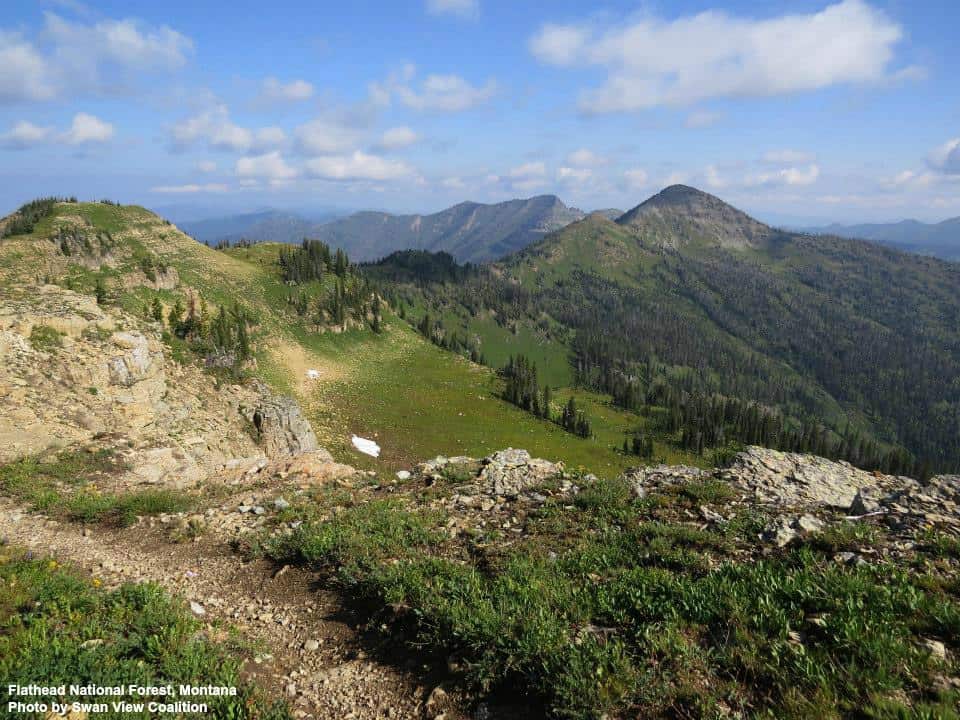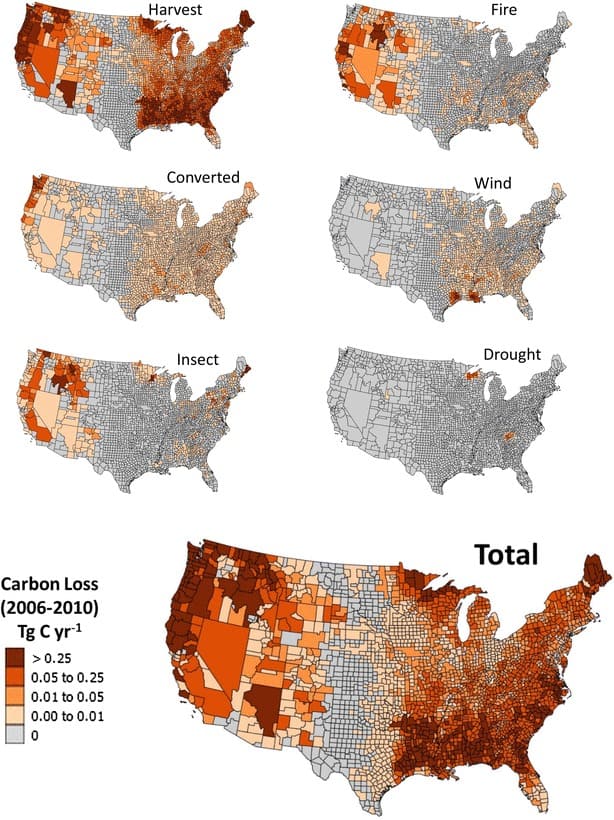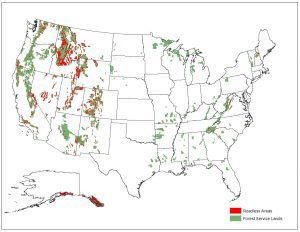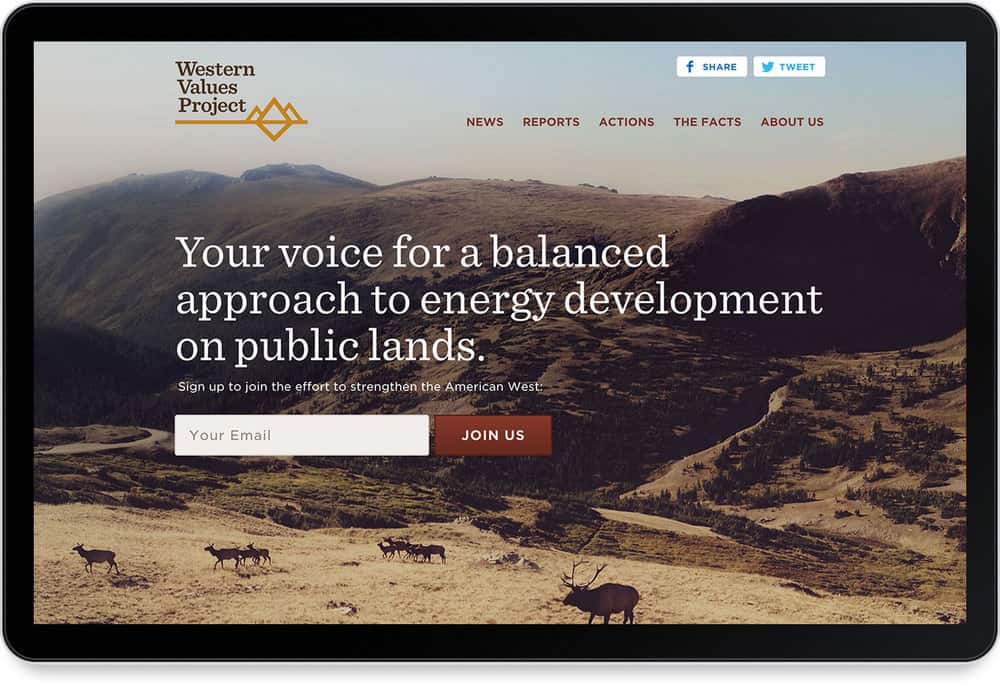To continue with this blog’s exploration of “Agenda-Based Science,” here’s a Throwback Thursday edition that looks at Julie McDonald, a Deputy Assistant Secretary of the Interior Department during the George W. Bush years.
Between 2004 and 2010, the Union of Concerned Scientists published a series of case studies as part of their “Scientific Integrity Program.” All the case studies are certainly worthy of a look in and of themselves.
Their article, “Political Appointee Edits Science on Greater Sage Grouse” focuses on just some of the underhanded tactics used by Ms. MacDonald.
MacDonald didn’t just edit and interfere with the science surrounded Sage Grouse. She also was deeply involved with similar questionable deeds regarding bull trout.
And the list went on to include Canada lynx, Preble’s meadow jumping mouse and California red-legged frog.
Ms. MacDonald’s exposed attempts to ride roughshod over numerous decisions by agency scientists concerning endangered species protections is very much directly related to a sizable number of discussions and debates we’ve had on this blog over the federal timber sale program and litigation by some environmental groups in Montana, especially since much of the litigation has at least some focus on bull trout and Canada lynx.
While it’s ‘fun’ for some folks on this blog to point fingers at groups like the Alliance for the Wild Rockies or Swan View Coalition, could it be that without Ms. MacDonald’s meddling with agency scientists around 15 years ago we’d be in a different place today?
Finally, right after Julie MacDonald was forced to resign in May 2007, after a scathing report from the Interior Department’s Inspector General, the scientific journal “Nature: the International Journal of Science” published this piece titled “Disgraced official was paid work bonus: Irregularities highlight political interference in Endangered Species Act.”
SNIP: “Further troubling reports have surfaced in the case of a disgraced US official accused of political interference in the workings of the Endangered Species Act. It has been disclosed that Julie MacDonald, former deputy assistant secretary for fish, wildlife and parks at the Department of the Interior (DOI), received a performance award of nearly $10,000 in 2005. Yet the report of an investigation into her conduct, released on 27 March this year (2007), reveals that MacDonald violated federal regulations while in that position.”





